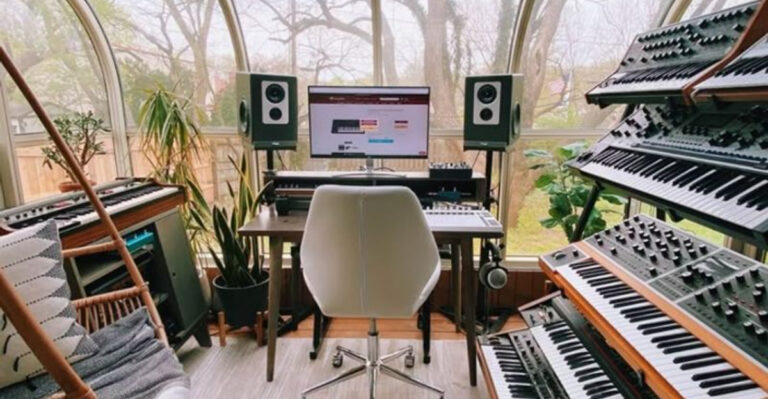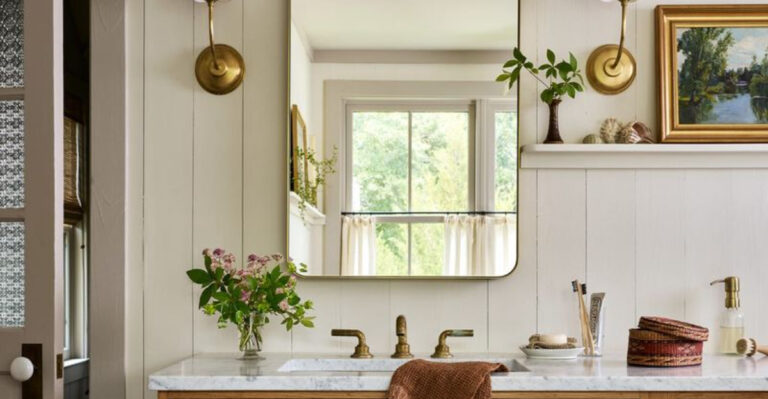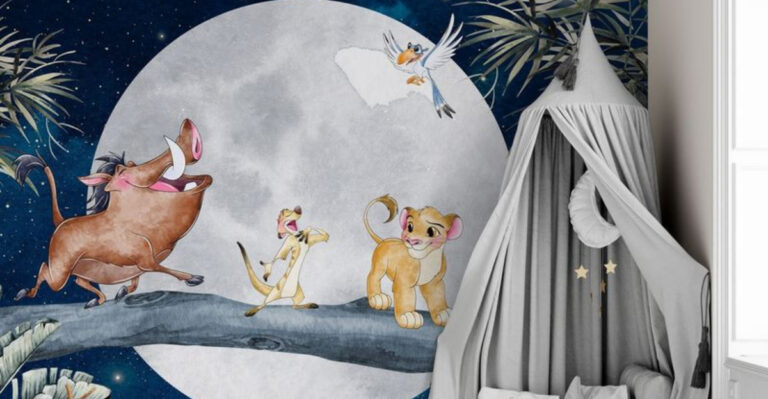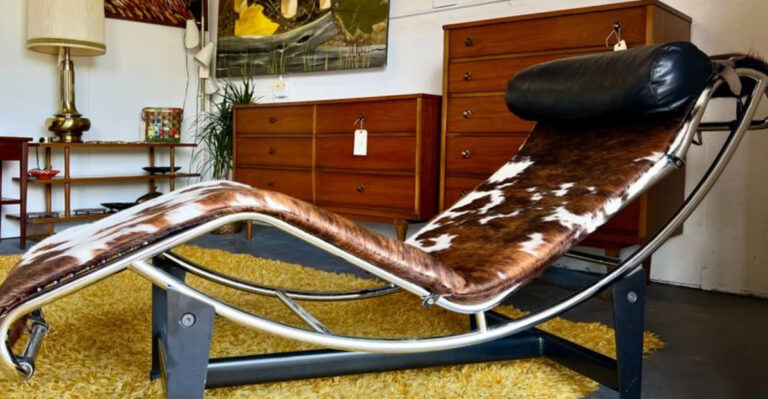10 Antique Home Finds That Might Be Worth a Little (And 9 That Are Just Collecting Dust)
I’ve definitely stared at an old family heirloom and thought, Could this pay for a beach vacation? If you’ve got a few dusty antiques sitting around, you’re not alone.
The early 1900s left us with plenty of charming relics, but not all of them are worth anything today. Before you lug that heavy lamp or porcelain platter to an appraiser with high hopes, let’s set the record straight.
Some pieces still hold decent value, but others? Total duds. I’m breaking down which vintage finds might surprise you, and which ones are better off staying in grandma’s attic.
1. Rotary Phone Booth Coin Slots
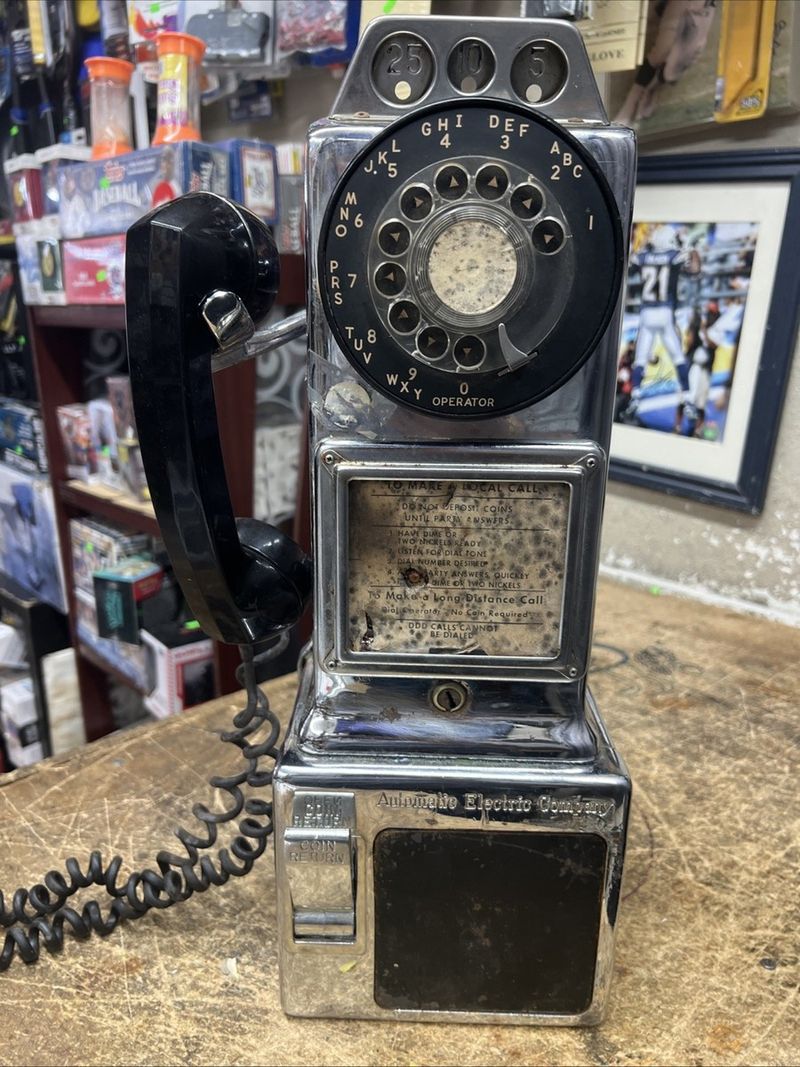
Back when a nickel could buy you a conversation with your sweetheart, these coin mechanisms were the gatekeepers of long-distance romance.
Today, collectors might pay around $15-30 for a working example, mainly because they make quirky conversation pieces. The mechanical complexity appeals to steampunk enthusiasts and vintage technology buffs who appreciate the ingenious engineering.
Unless you stumble upon a pristine specimen with all original parts intact, expect disappointment at auction houses where these relics gather dust.
2. Victorian Picture Frames
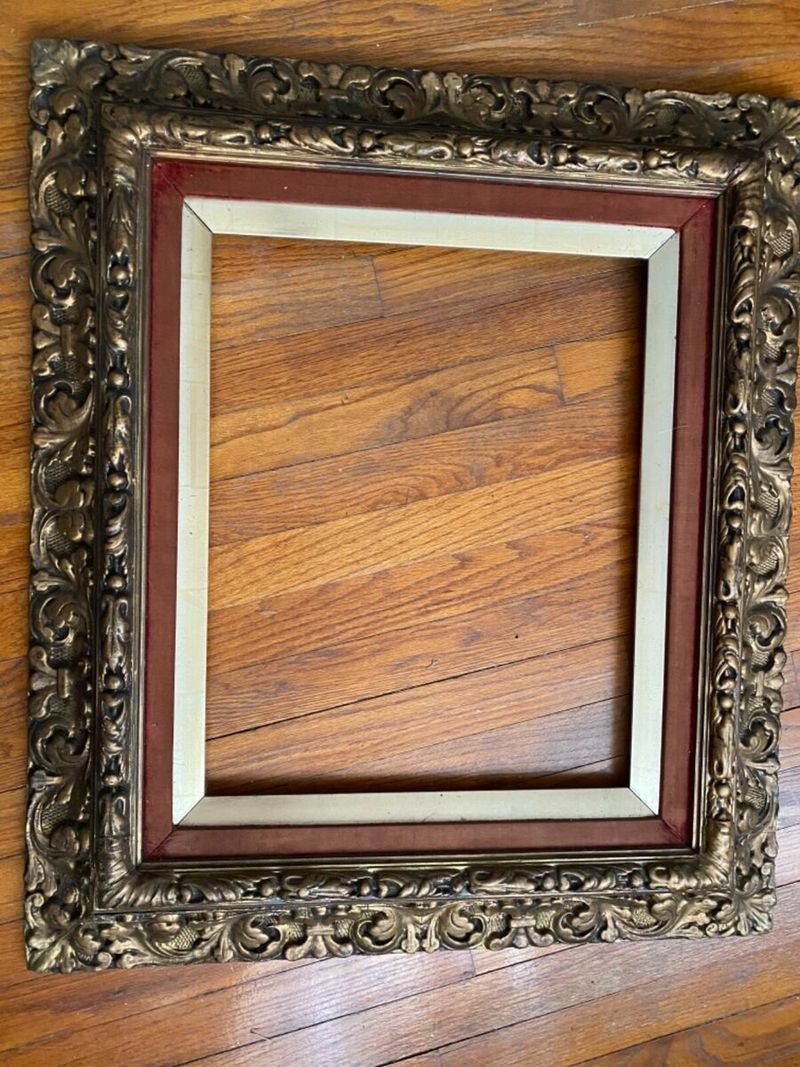
Mass-produced Victorian picture frames fetch pennies on the dollar compared to their original cost. Ornate wooden frames that once showcased family portraits now struggle to command even $30-50 at estate sales.
Darkened finishes and gaudy scrollwork feel dated to modern collectors. Unless crafted by a recognized manufacturer or containing actual gold leaf, these frames remain firmly in the ‘nice but not notable’ category.
3. Art Deco Vanity Mirrors

Beveled glass and geometric patterns defined these bedroom staples of the 1920s-30s. While visually striking, their abundance means most sell for $75-150 rather than thousands.
Modern reproductions have further saturated the market. Genuine pieces with original backing and minimal silvering damage maintain modest collectibility, but don’t expect to fund retirement by selling grandmother’s makeup mirror.
4. Pressed Glass Candy Dishes
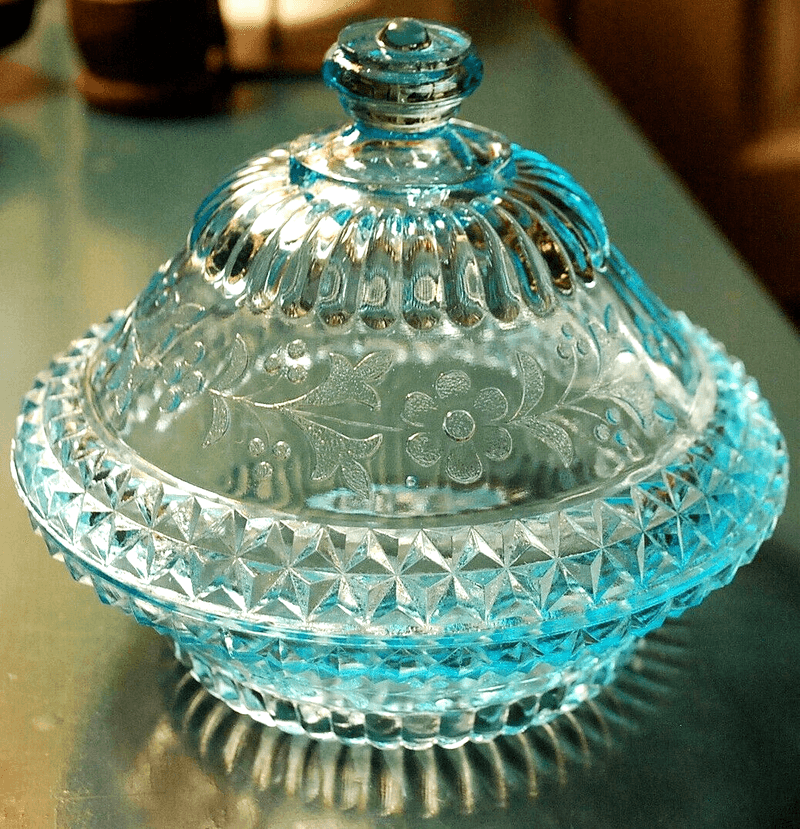
Crystalline bowls once graced every respectable parlor, offering visitors peppermints or bonbons. Depression glass and carnival glass specimens command $20-40 from specialized collectors.
Common patterns like Daisy & Button remain affordable despite their age. Pink, blue, and green-tinted pieces perform slightly better at auction than clear versions. The market appreciates these modest treasures primarily for nostalgic rather than monetary value.
5. Oak Hall Trees
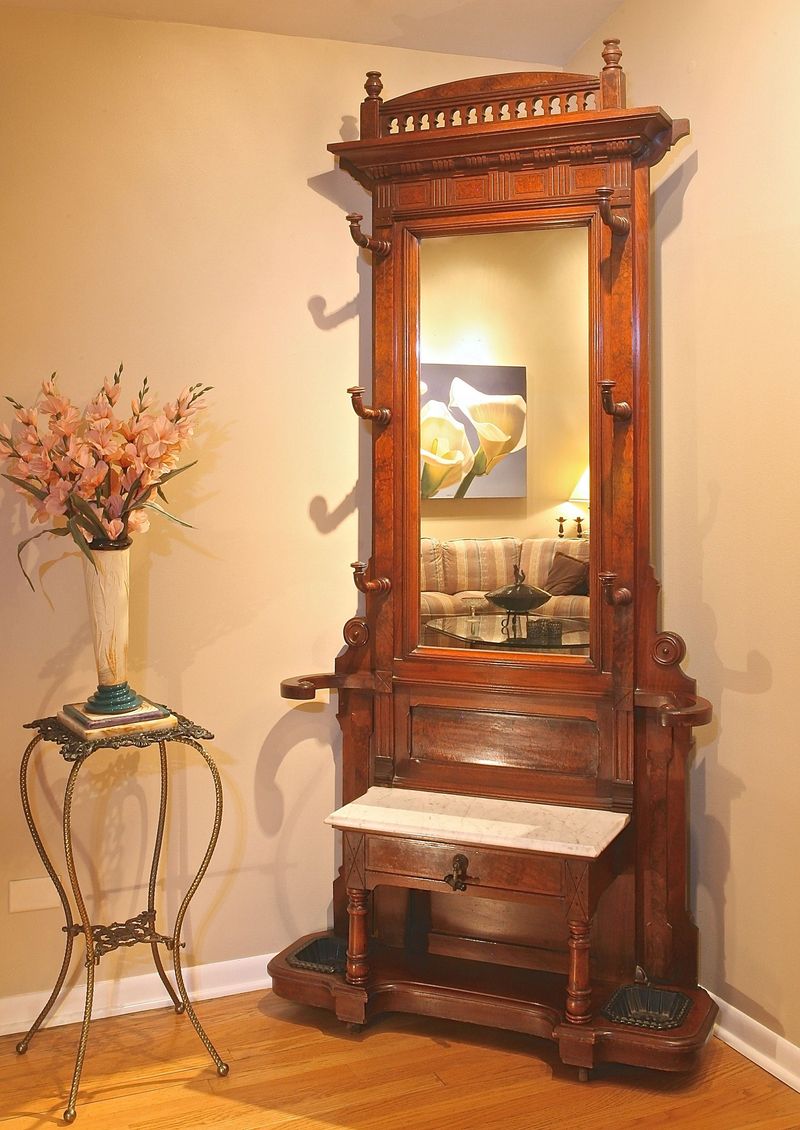
Combination coat rack, bench, and mirror units once welcomed visitors in proper homes. Heavy oak construction has helped many survive a century of use, though modern homes lack dedicated entry spaces.
Market values hover between $200-400 for standard examples. Transportation costs often exceed their worth due to massive proportions and weight. Only exceptional examples with original hardware and unblemished mirrors command respectable prices.
6. Barrister Bookcases

Lawyers once stored valuable legal tomes behind glass-fronted sections that stacked together. Quarter-sawn oak varieties from manufacturers like Globe Wernicke sell for $300-600 depending on condition and section count.
Modern homes rarely accommodate these deep, heavy storage solutions. Reproduction models further dilute value. Genuine examples featuring original hardware and glass retain modest collector interest, especially when complete with four or more stackable sections.
7. Milk Glass Hobnail Vases
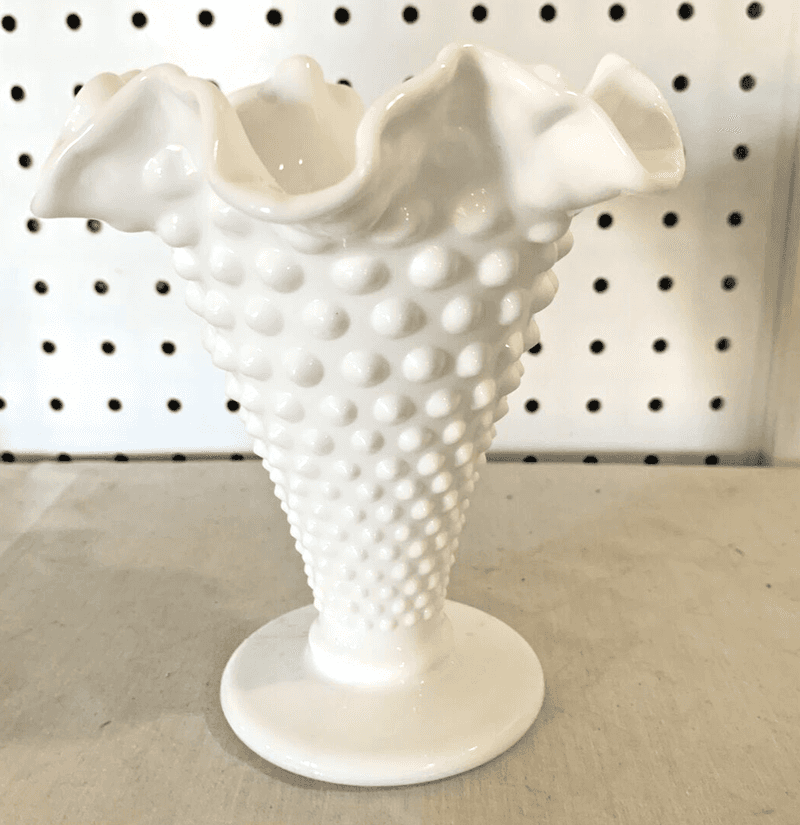
Bumpy white glass vessels adorned countless mantels during the early 20th century. Fenton Art Glass Company produced thousands, especially during the 1950s revival, creating today’s supply glut.
Basic pieces command $15-30 from casual collectors. Rarer colored versions fare slightly better. Despite their charm, these ubiquitous decorative items suffer from oversupply and waning interest among younger generations who prefer cleaner, minimalist aesthetics.
8. Eastlake Parlor Chairs
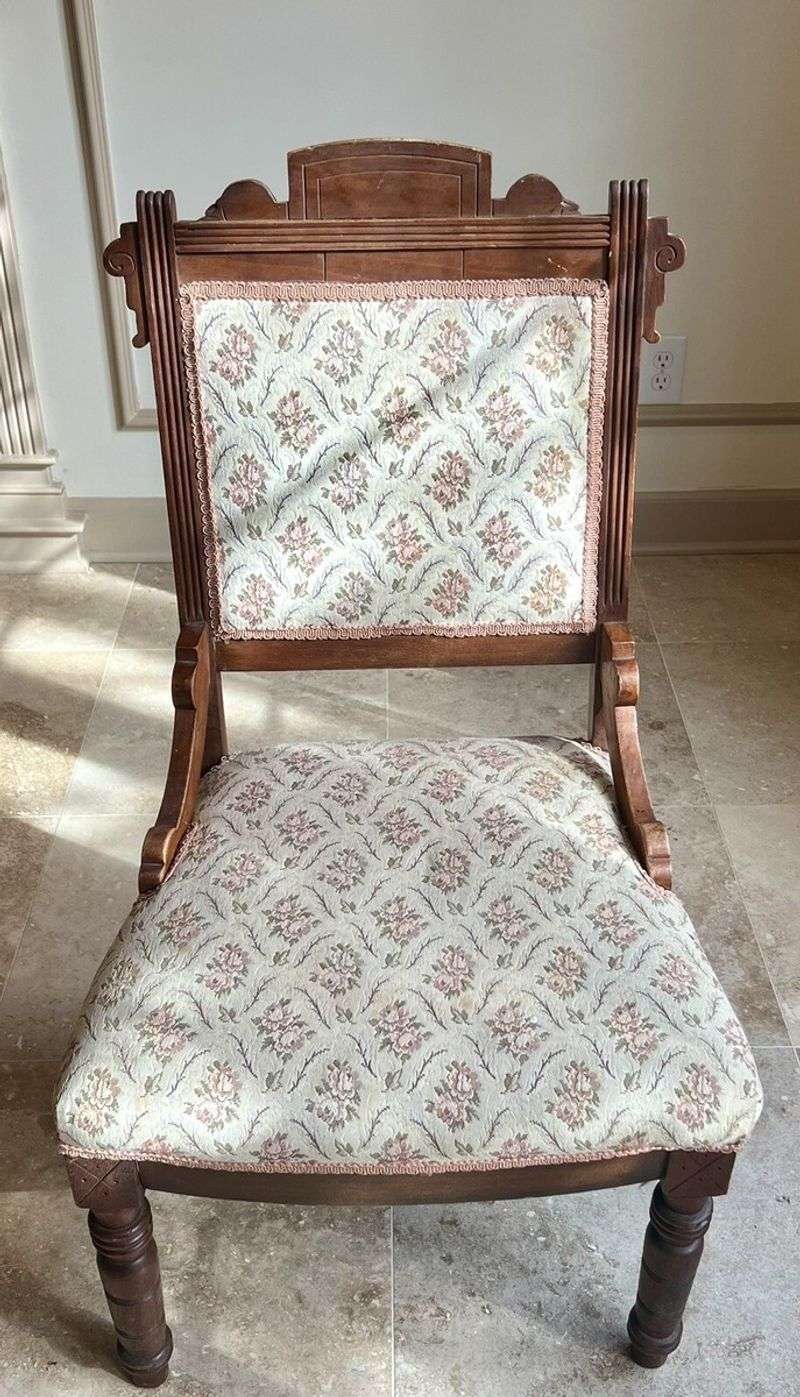
Angular wooden chairs with geometric carvings and velvet upholstery epitomized late Victorian sensibility. Single chairs fetch $75-125, while matching sets might reach $400-600.
Uncomfortable by modern standards, these formal seating pieces require reupholstering that often exceeds their market value. Original fabric actually decreases worth due to condition concerns. Only pristine examples with exceptional carving retain moderate collector interest.
9. Transferware China
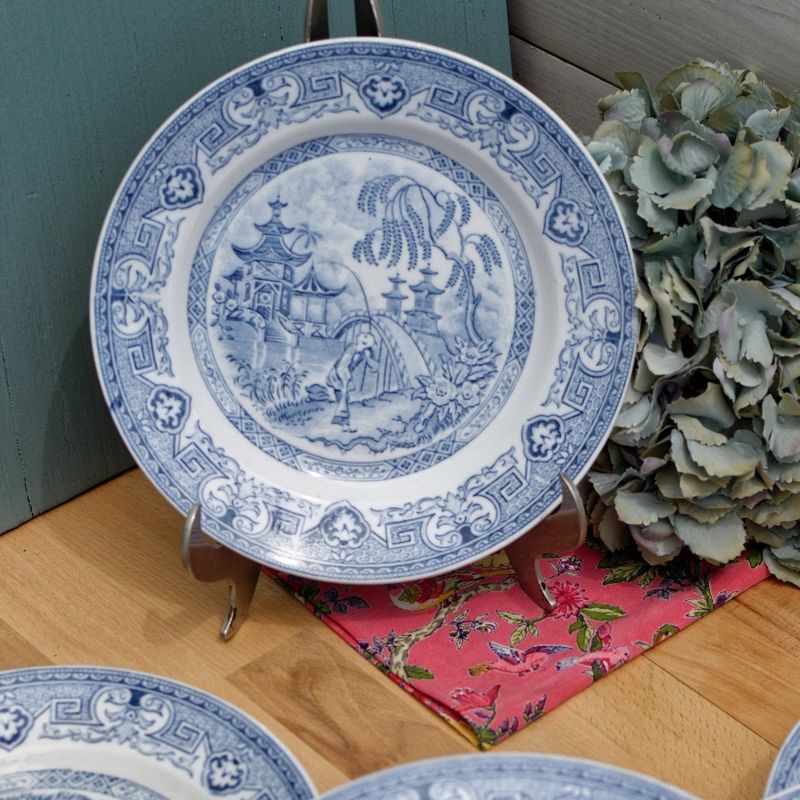
Blue and white ceramic plates featuring pastoral scenes once symbolized middle-class aspirations. Mass production techniques made these pieces accessible to average households, undercutting today’s value.
Common patterns like Willow fetch $10-25 per plate. Complete sets fare better but rarely exceed $300-400. Manufacturing marks from English potteries like Johnson Brothers or Spode help authenticate pieces. Condition remains paramount—chips or cracks render these items virtually worthless.
10. Mantel Clocks
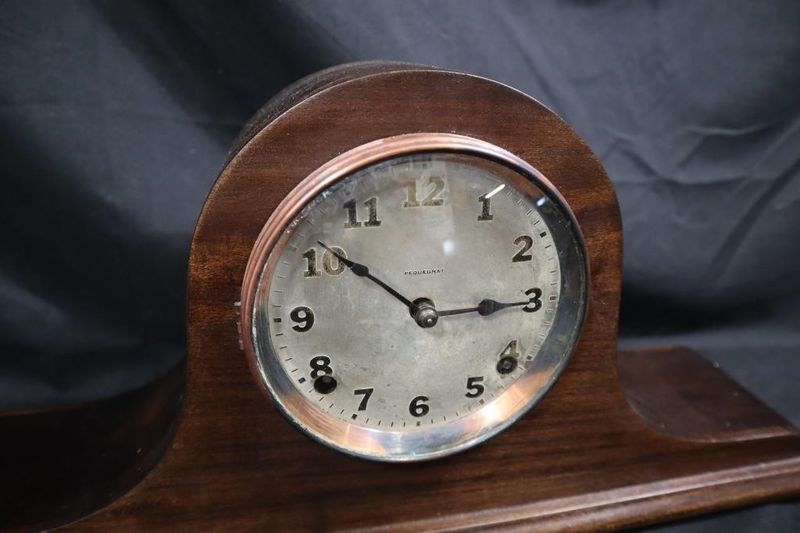
Oak and walnut timepieces from manufacturers like Sessions and Ingraham once announced status in middle-class homes. Basic models in working condition sell for $75-150 depending on case design and movement quality.
Restoration costs frequently outweigh market value. Many require specialized repairs that few modern clockmakers can perform. Marble cases or unusual shapes perform marginally better at auction, but mass-produced examples remain firmly in the affordable collector category.
1. Commemorative Plates
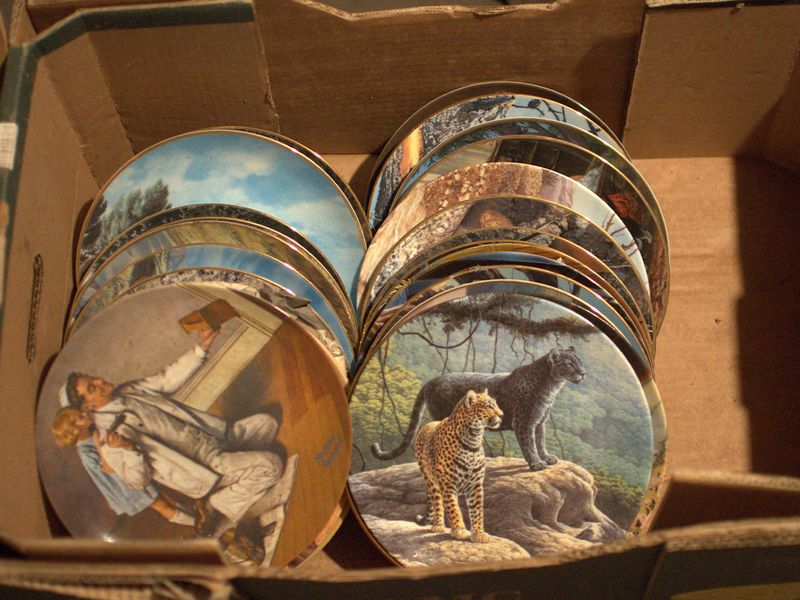
Limited edition porcelain discs celebrating everything from royal weddings to presidential inaugurations crowd thrift stores nationwide. Mass production and artificial scarcity marketing created millions of non-rare ‘collectibles.’
Bradford Exchange and Franklin Mint examples routinely sell for $5-10—far below original purchase prices. Nobody wants Grandma’s Norman Rockwell plate collection. Modern collectors recognize these items as the marketing schemes they always were.
2. Heavy Victorian Sofas
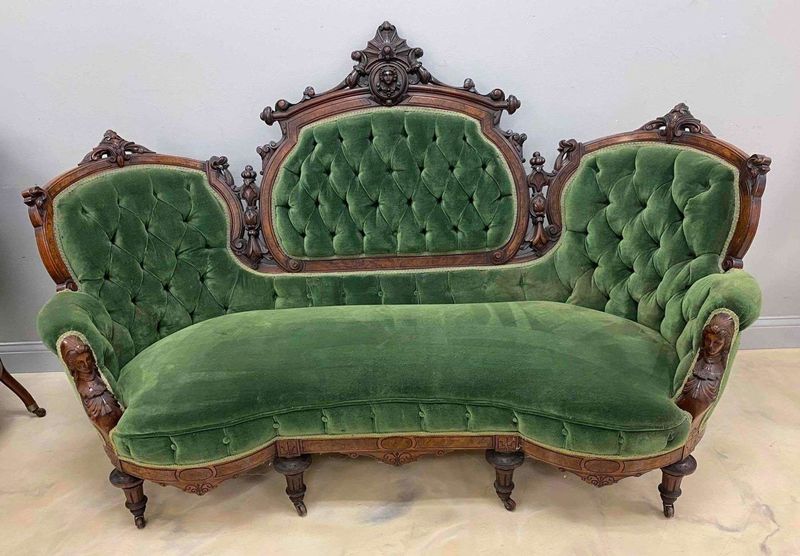
Massive horsehair-stuffed monstrosities with dark wood frames and tufted upholstery languish in antique stores for years. Reupholstering costs start at $2,000—multiples of their actual market value.
Uncomfortable proportions and formal styling clash with contemporary living. Even free Victorian sofas often find no takers due to moving difficulties and restoration expenses. Auction houses regularly decline these pieces unless exceptionally rare or historically significant.
3. Pump Organs
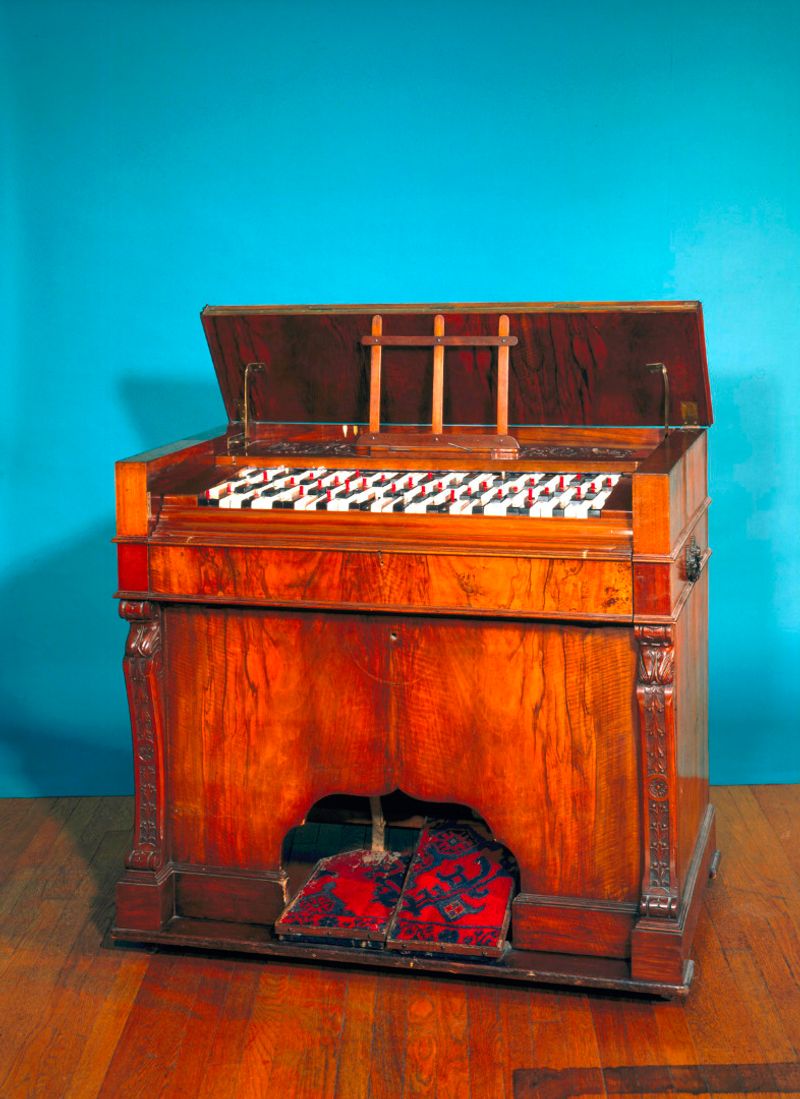
Foot-pedal powered musical instruments once provided home entertainment before phonographs and radios. Most sell for $0-50 despite original costs equivalent to a car purchase.
Moving expenses alone typically exceed any potential value. Internal mechanisms frequently require thousands in restoration by specialized technicians. Churches and schools that once adopted unwanted organs now face their own disposal dilemmas for these musical white elephants.
4. Ceramic Umbrella Stands
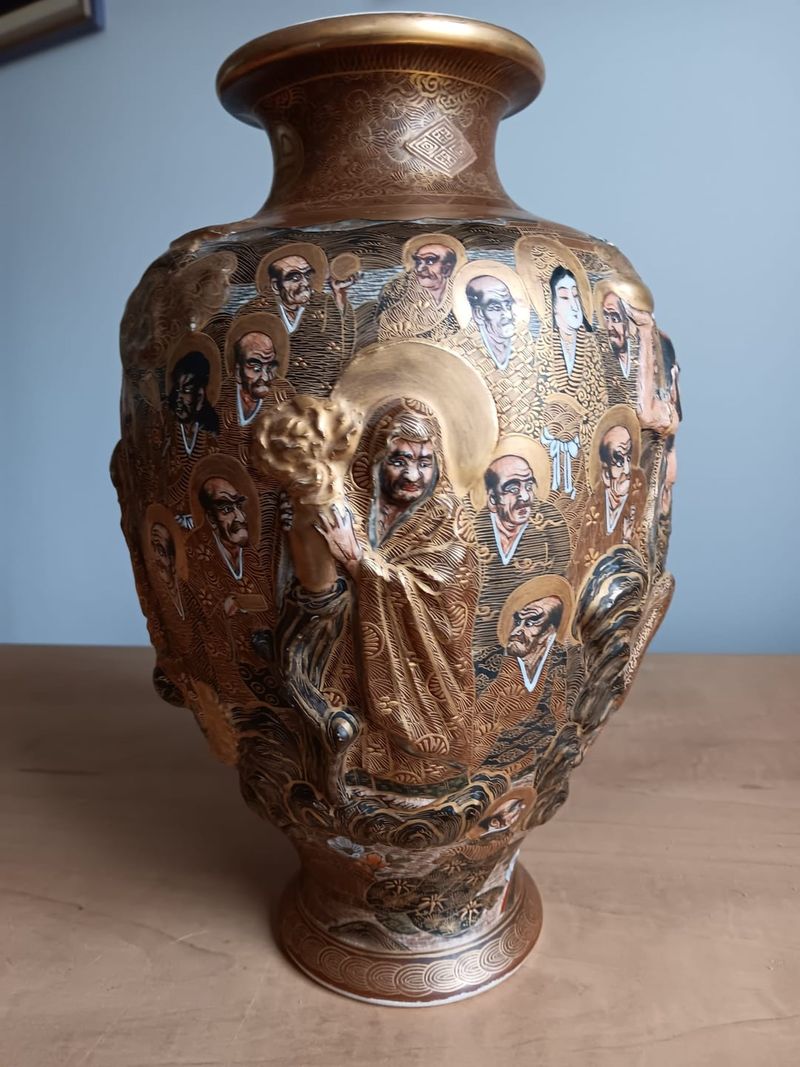
Cylindrical vessels adorned with painted flowers or Oriental motifs once held walking sticks and umbrellas in proper entryways. Production glut and functional obsolescence render them virtually valueless.
Modern homes lack dedicated entryways for such single-purpose items. Most sell for $20-30 when repurposed as decorative planters. Reproductions and genuine antiques command nearly identical prices, revealing their complete market collapse despite century-old craftsmanship.
5. Silverplate Tea Services
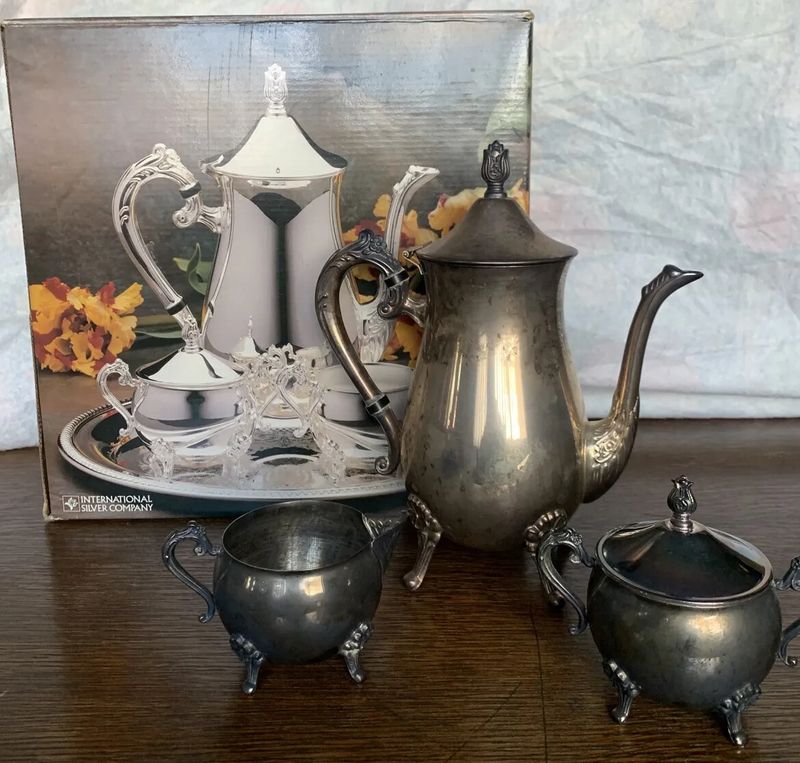
Elaborate serving sets with tarnish-prone surfaces and outdated formality gather dust in china cabinets nationwide. Complete sets rarely fetch over $75 despite their imposing presence.
Replacement costs for missing components exceed total set values. Even sterling silver examples struggle in today’s market, while their less precious silverplate cousins face outright rejection from younger generations.
6. Carved Wooden Wall Phones
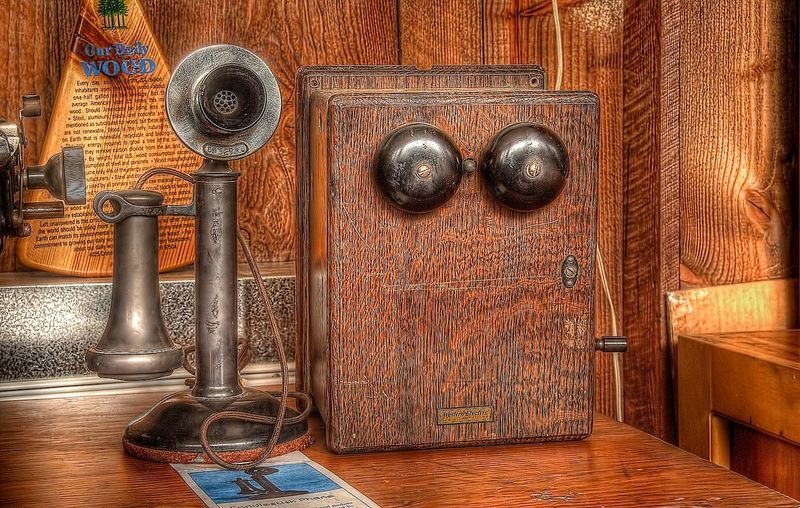
Oak telephone boxes with hand cranks and separate earpieces dominated communication technology circa 1900-1920. Reproductions flooded the market in the 1970s, decimating values for authentic pieces.
Working condition examples might fetch $50-100 from specialized collectors. Most homes lack compatible wiring systems. Decorative appeal remains their primary selling point rather than technological significance or investment potential. Non-functional examples border on worthless.
7. Chamber Pots
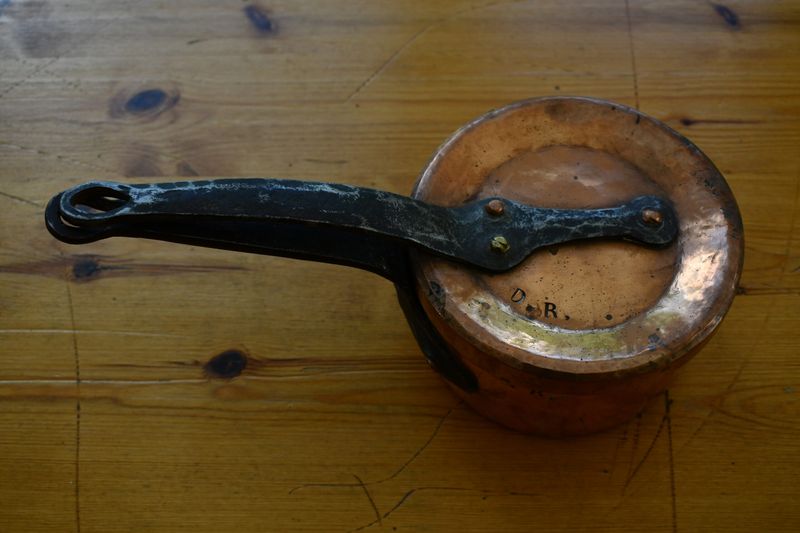
Ceramic vessels used before indoor plumbing became standard now struggle to find purpose beyond macabre flower planters. Functional obsolescence renders them unwanted despite historical significance.
Plain white examples sell for $10-20 when clean. Modern buyers recoil at their original purpose. Even decorated or matching washbasin sets command negligible prices. Chamber pots represent the perfect storm of uselessness—too historically intimate for display, too impractical for modern use.
8. Crocheted Doilies

Hand-crafted lace circles once protected furniture from water rings and oil from pomaded hair. Countless grandmothers produced millions, creating today’s massive oversupply.
Typical examples sell for $1-5 when they sell at all. Time-intensive creation contrasts with rock-bottom market value. Modern decor trends have abandoned these dust-collecting textiles entirely. Even pristine examples from skilled artisans command pittance prices despite representing dozens of hours of detailed handwork.
9. Cast Iron Heating Stoves
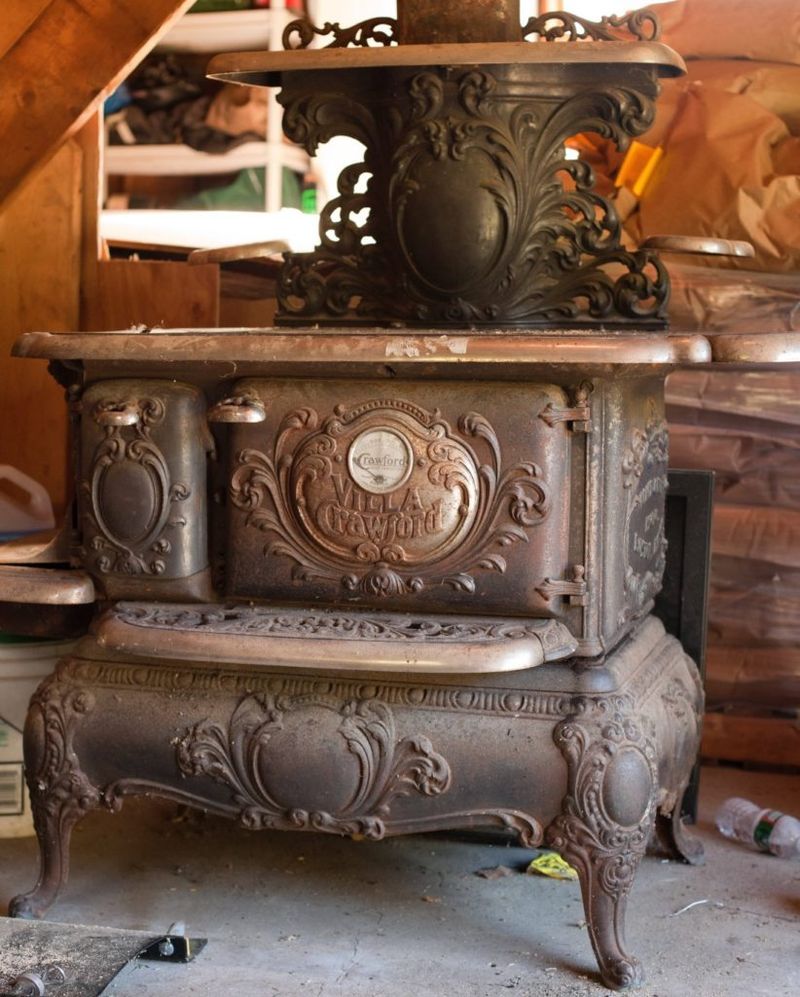
Black metal behemoths once provided essential warmth but now burden estate sale executors with disposal challenges. Non-functional examples often require payment for removal rather than generating income.
Decorative appeal remains minimal due to size and weight. Restoration to working condition costs thousands while violating modern building codes. Scrap metal value provides their only real worth—typically $20-50 depending on weight. Even antique dealers routinely decline these impractical monsters.


